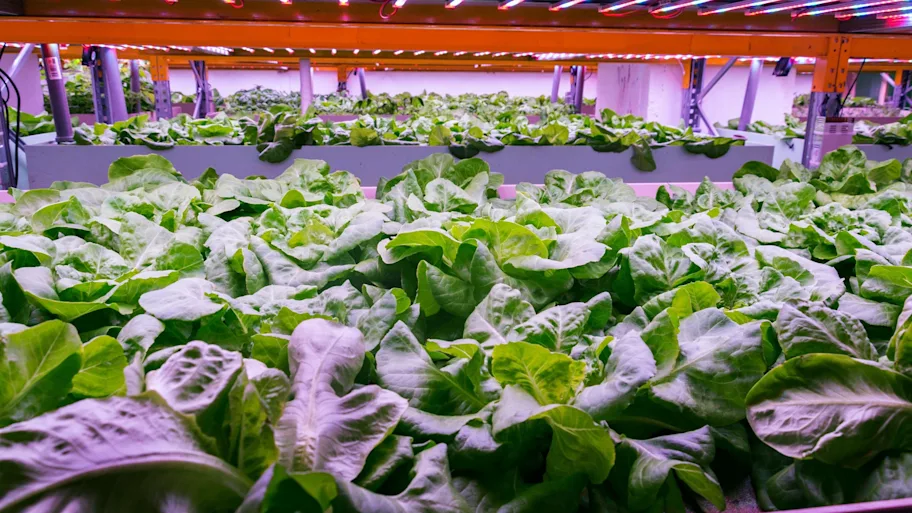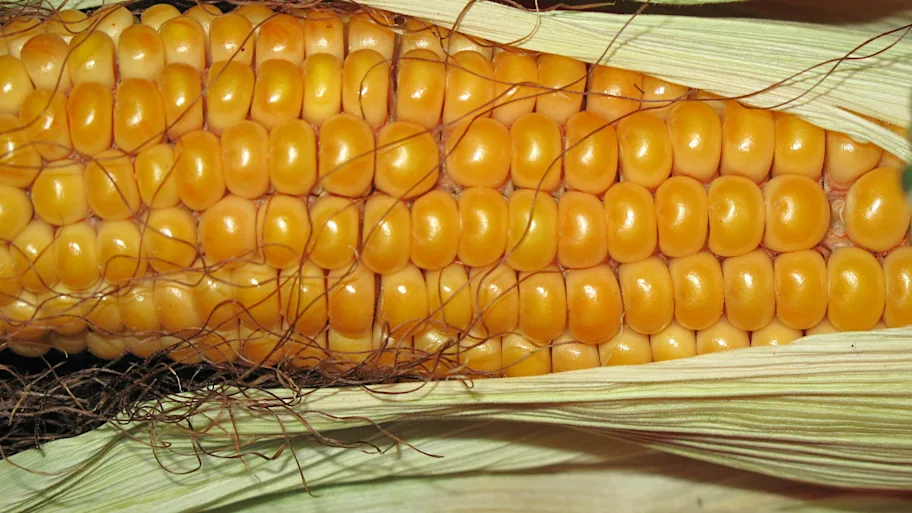
- Science news
- Featured news
- Sewage sludge as a sustainable fertilizer
Sewage sludge as a sustainable fertilizer

by Hedwig Ens, Frontiersin.org
Ever thought of putting sewage on your plants? Scientists say thermally conditioned sewage sludge serves as an excellent fertilizer to improve soil properties. This was recently published in the open-access journal Frontiers in Nutrition. The major advantage over commercial fertilizers? Sustainable re-use of essential and finite phosphorus resources.
Phosphorus is a key nutrient for all living beings. When deficient in the diet, it severely compromises human health, and when deficient in agriculture, it restricts crop productivity. Without phosphorus, there can be no food production.
As the source of phosphorus is non-renewable phosphate rocks, there is a strong need for increased recycling to ensure phosphorus security. Efficient use and reduced environmental dissemination of phosphorus throughout the food system is needed to secure the ability to feed a growing global population.
As technological improvements increased the phosphorus content of sewage sludge, it now is a readily available alternative to commercial fertilizers in agriculture. To assess its effectiveness, Andry Andriamananjara from the University of Antananarivo (Madagascar) and his colleagues used a phosphorus radiotracer technique to measure the availability of phosphorus for plants in thermally conditioned sewage sludge.
They grew ryegrass in pots filled with soil that underwent isotopic P-labelling, and added either no fertilizer, thermally conditioned sewage sludge as fertilizer, or commercial triple superphosphate fertilizer. Shoot and roots were harvested at fixed intervals, and their radioactivity was analyzed to measure phosphorus uptake.
As expected, fertilizer application increased shoot biomass significantly over the harvest time, while only a trend towards an increase in root biomass was found. The addition of fertilizer increased phosphorus uptake by the plants. This wasn’t only because the fertilizer offered an additional phosphorus source, but also because the plants increased their soil exploitation.
However, total phosphorus uptake from thermally conditioned sewage sludge was lower than that from the commercial fertilizer. This could be explained by the fact that the phosphorus in the water-soluble commercial fertilizer is immediately available for plant uptake after application, whereas the phosphorus in thermally conditioned sewage sludge is present in a lower available form. Moreover, the other nutrients present in the sludge stimulated the microbial activity, thereby inducing competition between microorganisms and the plant roots for phosphorus uptake.
Dr. Andriamananjara would still recommend the usage of sewage sludge as fertilizer. He said: “It was shown to have a higher agronomic effectiveness in comparison with commercial fertilizer. Although on the short term it enhanced the microbial biomass and therefore phosphorus immobilization, on the longer term the phosphorus captured by this microbial biomass can again become available for the plants. Moreover, sewage sludge is a non-limited continuously available and sustainable fertilizer source.”
This research was published in the Research Topic Sustainable Phosphorus. This Topic gather papers covering the various issues regarding the efficient and sustainable use of phosphorus resources at a range of scales: from local to global, from agriculture to waste management.
Read the full article in Frontiers in Nutrition.
REPUBLISHING GUIDELINES: At Frontiers, open access and sharing research is part of our mission. Unless otherwise noted, you can republish our articles posted in the Frontiers blog – as long as you credit us with a link back. Editing the articles or selling them is not allowed.






